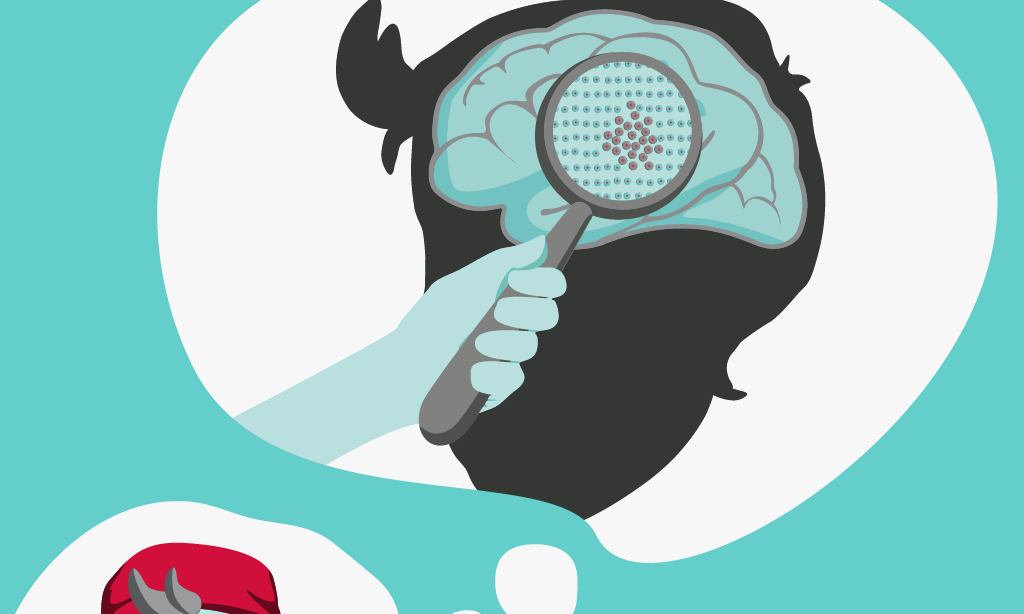Brainstem glioma
Brainstem gliomas are tumours which develop from glial cells within the brain stem.
Around 75% of brainstem gliomas are diagnosed in children and young adults under the age of twenty, but they can affect older adults as well.
The brain stem is the lowest part of the brain, at the back, and joins the brain to the spinal cord. It is responsible for many vital body functions that we don’t need to think about. For example, motor skills, sensory activity, coordination and walking, the beating of the heart, and breathing.

Join our community on Facebook
Our closed Facebook group for parents is a great place to connect with other parents affected by a brain tumour and share your experiences.
Childhood brainstem gliomas can be low grade gliomas in one area of the brain stem (focal tumours) or, more commonly, diffuse, high grade tumours in the part of the brain stem called the pons. These are faster growing and tend to spread into the surrounding brain tissue. They are called Diffuse Midline Gliomas (formerly known as DIPG)..
How are brainstem gliomas treated?
Occasionally focal tumours can be operated on to remove some of the tumour, but usually surgery is not an option for brainstem gliomas. This is due to their delicate location where operating could do more harm than good.
They are usually treated with chemotherapy and radiotherapy.
Support and Information Services
Research & Clinical Trials Information
You can also join our active online community.
In this section

Get support
If you need someone to talk to or advice on where to get help, our Support and Information team is available by phone, email or live-chat.
Get your free Brainy Bag
Our Brainy Bag is a free gift for children and young people who have been diagnosed with a brain tumour, made up of a range of handpicked toys and activities!
Recommended reading
Share your experiences and help create change
By taking part in our Improving Brain Tumour Care surveys and sharing your experiences, you can help us improve treatment and care for everyone affected by a brain tumour.
